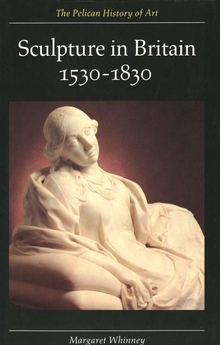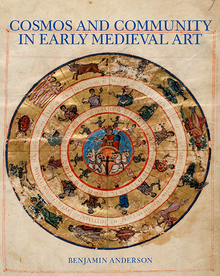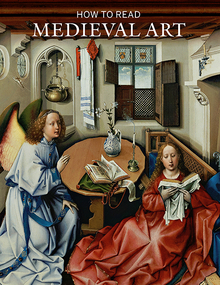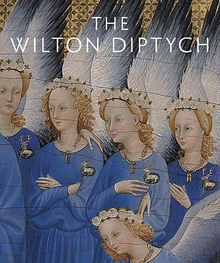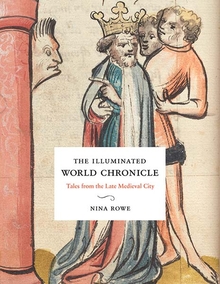Religious Poverty, Visual Riches
WARNING
You are viewing an older version of the Yalebooks website. Please visit out new website with more updated information and a better user experience: https://www.yalebooks.com
Art in the Dominican Churches of Central Italy in the Thirteenth and Fourteenth Centuries
Joanna Cannon
The Dominican friars of late-medieval Italy were committed to a life of poverty, yet their churches contained many visual riches, as this groundbreaking study reveals. Works by supreme practitioners—Cimabue, Duccio, Giotto, and Simone Martini—are examined here in a wider Dominican context. The contents of major foundations—Siena, Pisa, Perugia, and Santa Maria Novella in Florence—are studied alongside less well-known centers. For the first time, these frescoes and panel paintings are brought together with illuminated choir books, carved crucifixes, goldsmith's work, tombs, and stained glass. At the heart of the book is the Dominicans' evolving relationship with the laity, expressed at first by the partitioning of their churches, and subsequently by the sharing of space, and the production and use of art. Joanna Cannon's magisterial study is informed by extensive new research, using chronicles, legislation, liturgy, sermons, and other sources to explore the place of art in the lives of the friars and the urban laity of Central Italy.
Joanna Cannon is reader in the history of art at the Courtauld Institute of Art, University of London.
‘[An] experienced art historian. Joanna Cannon. . .this volume arrives with the mien of a magnum opus, prepared over many years.’—Alexander Murray, TLS
Publication Date: February 11, 2014
80 color + 200 b/w illus.



